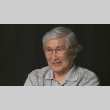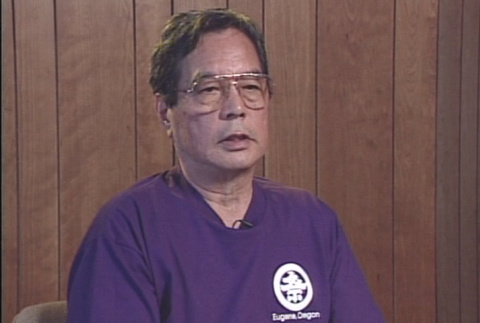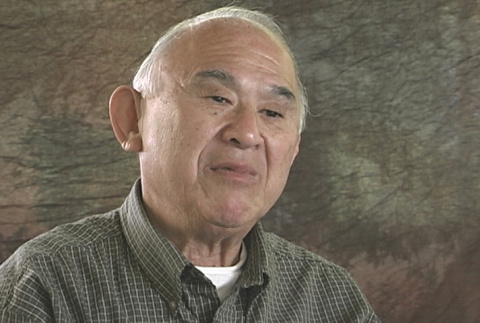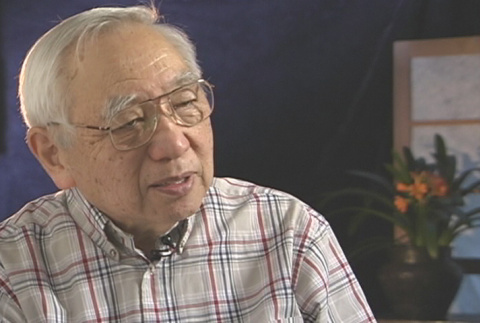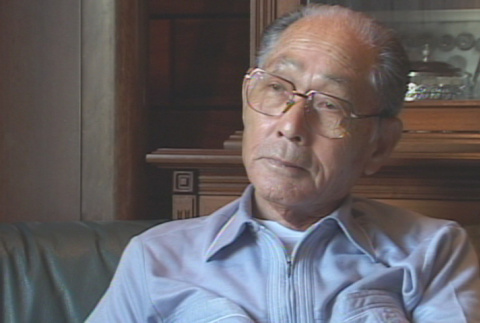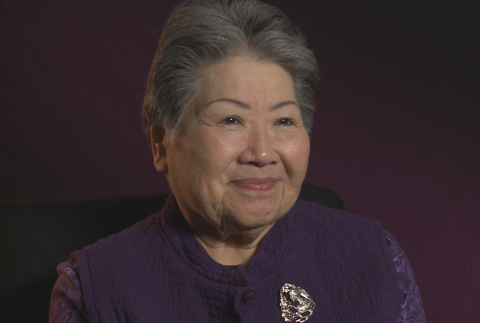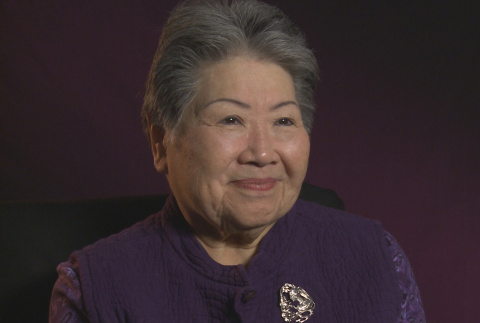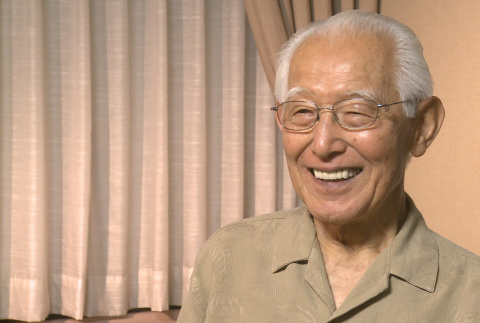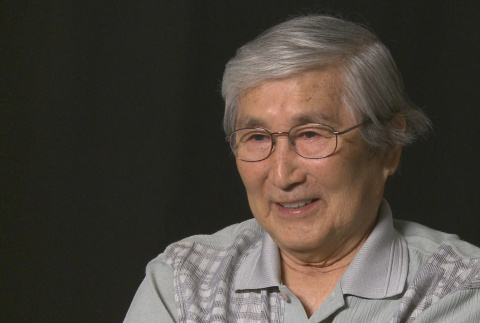Segregation and Tule Lake
In July 1943, Tule Lake concentration camp was designated as a segregation center for those the camp authorities considered "disloyal" as a result of their answers on the mandatory "loyalty questionnaire." In September 1943, "loyal" Japanese Americans from Tule Lake began departing for other camps and "disloyal" Japanese Americans from other camps started arriving at Tule Lake. The number of guards increased from a few hundred to 930 and an eight-foot high double fence was erected. The camp's capacity was 15,000 but the peak population reached 18,789 as 6,249 original "loyal" Japaense Americans chose to stay rather than be uprooted again.
World War II
(231)
Resistance and dissidence
(84)
Segregation and Tule Lake
(249)
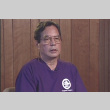













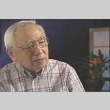

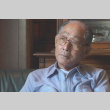
This interview was conducted in Japanese. The transcript is a translation of the original interview. This material is based upon work assisted by a grant from the Department of the Interior, National Park Service. Any opinions, finding, and conclusions or …

This interview was conducted in Japanese. The transcript is a translation of the original interview. This material is based upon work assisted by a grant from the Department of the Interior, National Park Service. Any opinions, finding, and conclusions or recommendations expressed in this material …

This interview was conducted in Japanese. The transcript is a translation of the original interview. This material is based upon work assisted by a grant from the Department of the Interior, National Park Service. Any opinions, finding, and conclusions or recommendations expressed …

This interview was conducted in Japanese. The transcript is a translation of the original interview. This material is based upon work assisted by a grant from the Department of the Interior, National Park Service. Any opinions, finding, and conclusions or recommendations expressed in this material are …

This interview was conducted in Japanese. The transcript is a translation of the original interview. This material is based upon work assisted by a grant from the Department of the Interior, National Park Service. Any opinions, finding, and conclusions or recommendations expressed in …
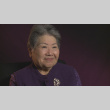
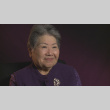
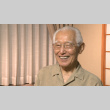
This material is based upon work assisted by a grant from the Department of the Interior, National Park Service. Any opinions, finding, and conclusions or recommendations expressed in this material are those of the author(s) and do not necessarily reflect the views of the Department of the Interior.
